This past week, the Bay Bridge finally reopened after a piece of metal came away from a section of the bridge that had been repaired Labor Day weekend.
The Bay Bridge when I choose to think about – and I try not to as often as possible – is scary. Personally, I think falling metal is the least of what’s worrisome. The bridge is so long, it takes what feels like an eternity to cross. Not a good feeling in earthquake country.
I think bridges in general are an amazng engineering feat. Suspension bridges in particular seem to be the most incredible – a roadway deck held up by steel cable attached to two long cables that are essentially being pulled by anchors on either end of the bridge. That’s the concept. I’m shocked more suspension bridges don’t collapse like the one in the video above – the Tacoma Narrows Bridge which was clearly not designed right. (Understatement.)

Photo by Simone Roda
As scary as I find bridges, I also am fascinated by them. When I taught second grade in New York, I used to take my kids on a trip by foot across the Brooklyn Bridge. The walkway is wide and gracious and wooden, and floats above the traffic. We would stop at the halfway point, break out crayons and paper, and draw what we saw – the East River and the Manhattan and Williamsburg bridges, pretty in their own right; lower Manhattan with its impossibly tall skyscrapers, beautiful Brooklyn Heights and its promenade.
As a foolish painter plunges his eye,
sharp and loving, into a museum madonna
so I, from the near skies bestrewn with stars,
gaze at New York through the Brooklyn Bridge
Brooklyn Bridge, Vladimir Mayakovsky



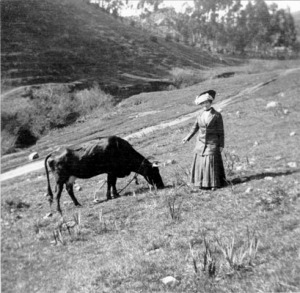

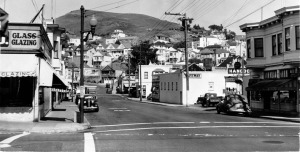


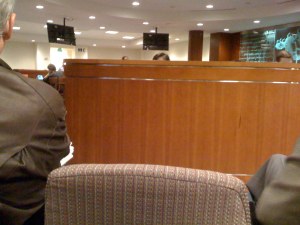
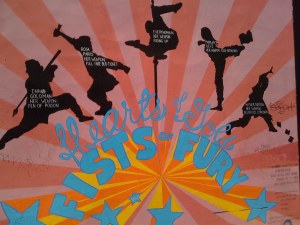
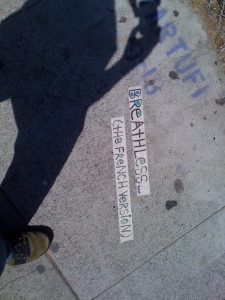
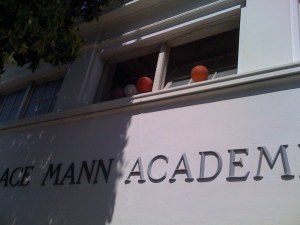
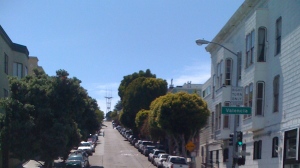

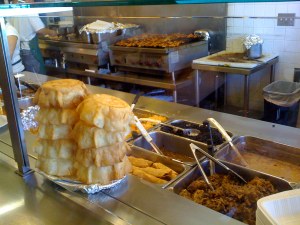
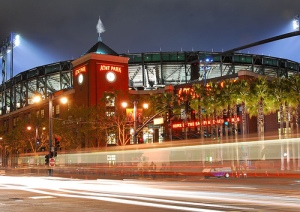
 SF MOMA has a
SF MOMA has a 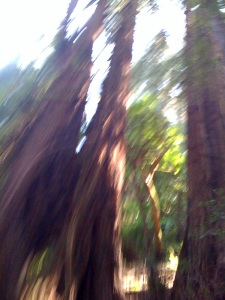 Visited
Visited